PE FILMS
Complete whole series of PE films and Lamination films for hygiene products like Diapers, Sanitary Napkin, Underpads, etc. Excellent processing capability from raw materials to final product, including CaCO3 surface treatment, breathable granule compound, film blowing, cast process, printing and lamination.
PE FILMS FOR HYGIENE PRODUCT
Diaper PE films provide a waterproof barrier that prevents moisture from leaking out of the diaper. In sanitary napkins, the PE film is typically used as the back sheet. These films are made from a type of plastic called polyethylene, which is a durable, flexible, and lightweight material.
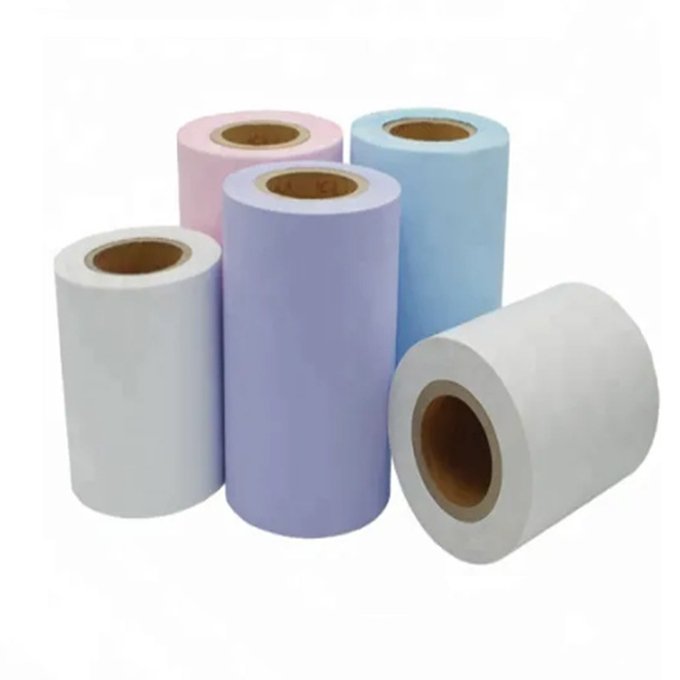
Non Breathable PE Film
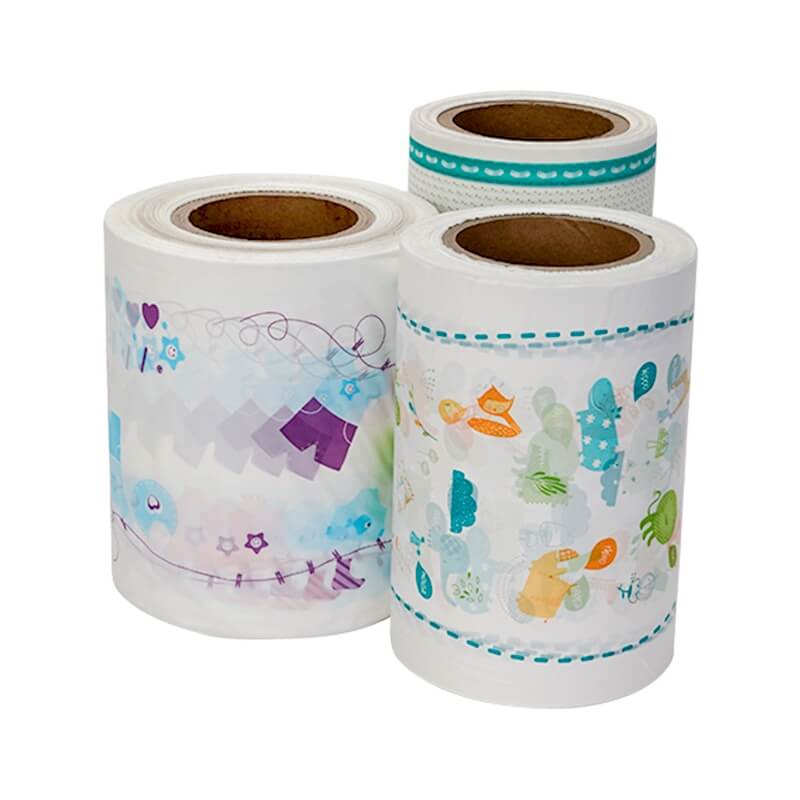
Breathable PE Film
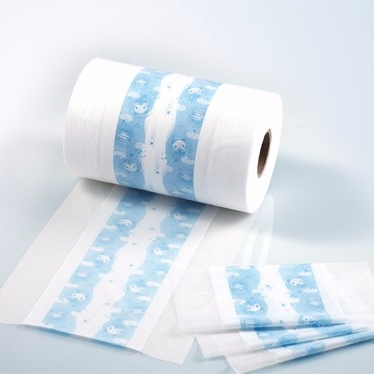
Lamination PE Film
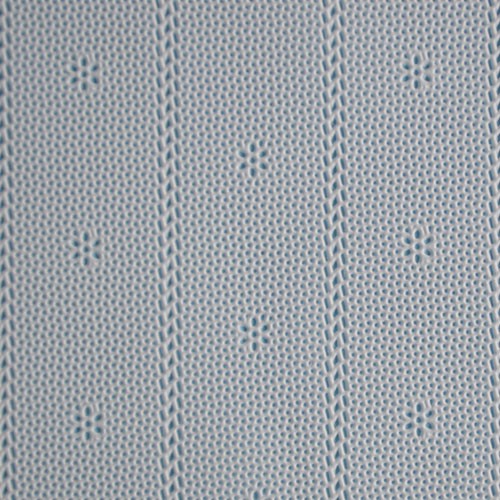
Perforated PE Film
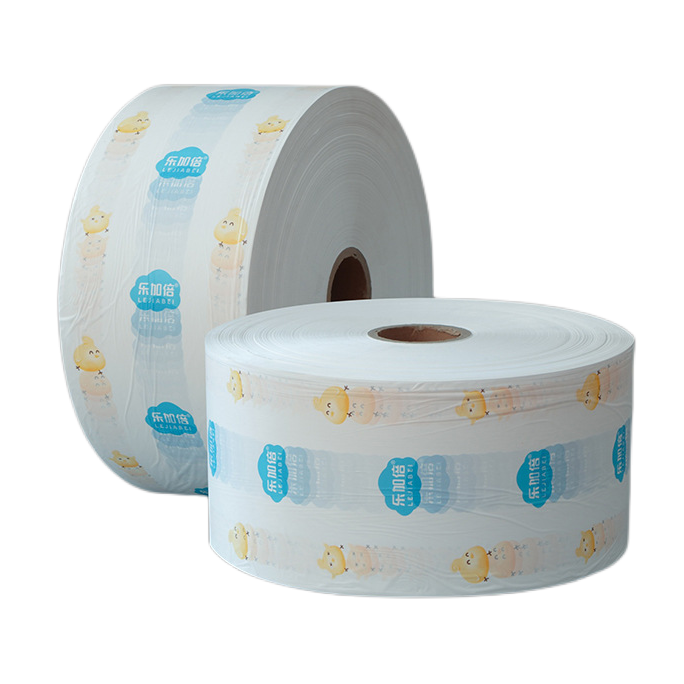
Printed PE Film
PE FILMS TAILORED TO YOUR INDUSTRY
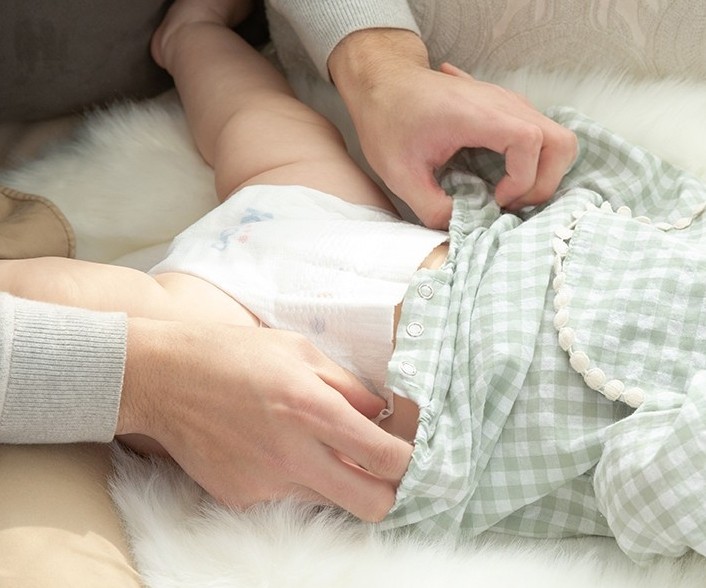
Baby Care
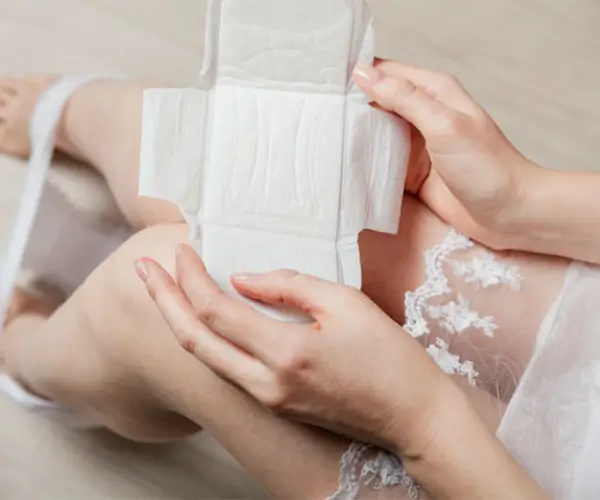
Feminine Care
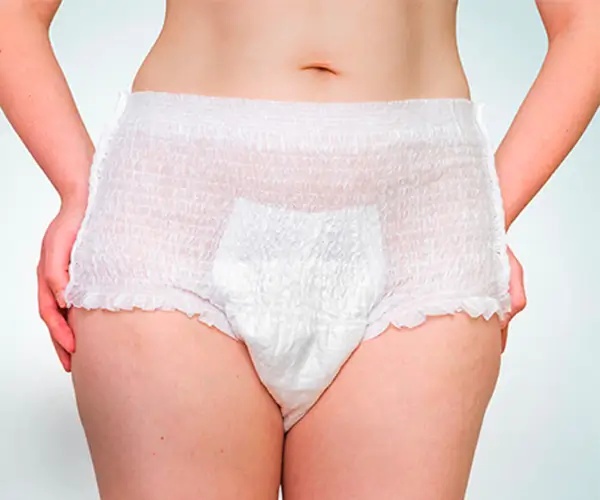
Incontinence Care
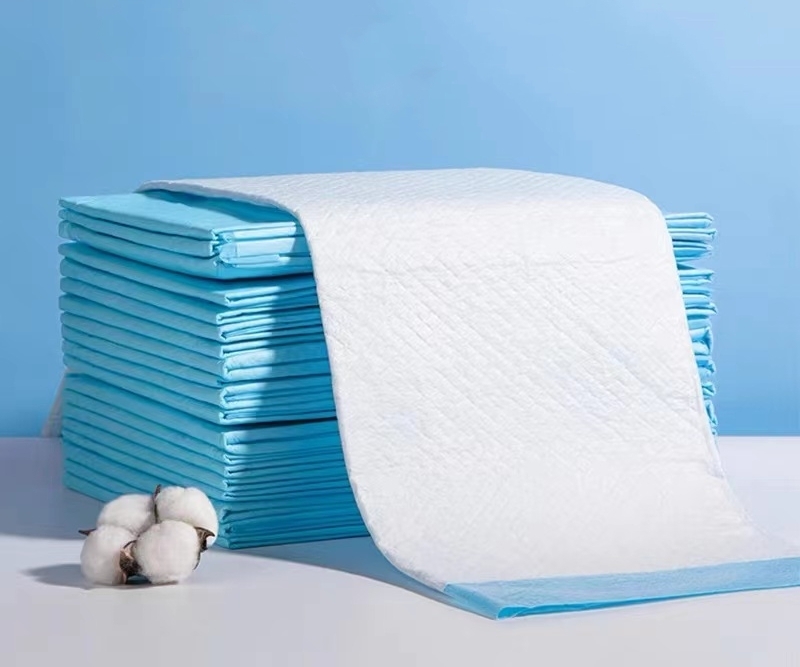
Underpads
We can help you to select ideal PE FILMS! Request a Consultation ➔
THE FAQS YOU MIGHT WANT TO KNOW
These frequently asked questions mention almost answers you might want to know before buying PE films. We hope these informations could help you make a better decision.
What is Polyethylene film of hygiene product?
PE films, or polyethylene films, are a type of plastic film commonly used in the manufacturing of hygiene products such as disposable diapers, sanitary napkins, and adult incontinence products. These films provide a moisture barrier that helps to prevent leaks and keep the wearer dry and comfortable. PE films are typically made from high-density polyethylene (HDPE) or low-density polyethylene (LDPE) resin, extruded into a thin film using a blown film or cast film process. The resulting film is then laminated to other materials, such as nonwoven fabrics, to create a composite structure that provides the necessary strength, flexibility, and absorbency for the specific hygiene product application.
What is the Cast processing method of pe films?
The cast processing method is a common technique used to produce PE (polyethylene) films, which are used in various disposable hygiene products such as diapers and sanitary napkins.In this process, the PE resin is first melted and extruded through a flat die to form a thin, flat sheet. This sheet is then cooled quickly by passing it through a series of cooled rollers, which solidify the molten polymer into a solid film.
The resulting film is then typically treated with various coatings and additives to enhance its properties, such as making it more absorbent or improving its softness and flexibility. The film can also be embossed or perforated to create surface textures and patterns that improve its performance in specific applications.
What is the Blown processing method of pe films?
The blown processing method is another common technique used to produce PE (polyethylene) films. In this process, the PE
resin is first melted and extruded through a circular die to form a tube of molten polymer. Air is then blown into the center of the tube, which causes the molten polymer to expand and stretch to form a thin, flexible film. The resulting film is then cooled and flattened by passing it through a series of rollers.
The blown processing method is preferred for hygiene products because it allows for greater control over the thickness and
softness of the film. The resulting films are typically softer and more elastic than cast films, which can provide greater
comfort for the user.
What is Breathable Pe film for hygiene product?
Breathable PE film is a type of plastic film that is used in the hygiene industry as an outer layer in disposable hygiene products such as diapers, sanitary napkins, and adult incontinence products. Unlike non-breathable films, which are impermeable to air and moisture, breathable films are designed to allow air and moisture to pass through the film.
The breathable film is made of breathable beads(PE and treated CaCO3 compound), which create countless interconnected micropores with ultrafine pores, typically ranging from 0.01-10 microns in size. These pores are too small for any water droplets to pass through, but they allow vapor molecules with a particle size of about 0.4nm to diffuse outward. This means that water vapor emitted by the human body can effectively pass through the pores, while water droplets cannot penetrate inward, resulting in a waterproof and moisture-permeable material.
GET A QUICK QUOTE
Simply click below button,and get your free , no obligation quotation today!

Nav. Links
Products
Reach Us
- info@mocarehygiene.com
- +86 13413926366
- www.mocarehygiene.com
Copyright © 2023 MOCARE COMPANY | All Rights Reserved | Powered by MOCARE HYGIENE
